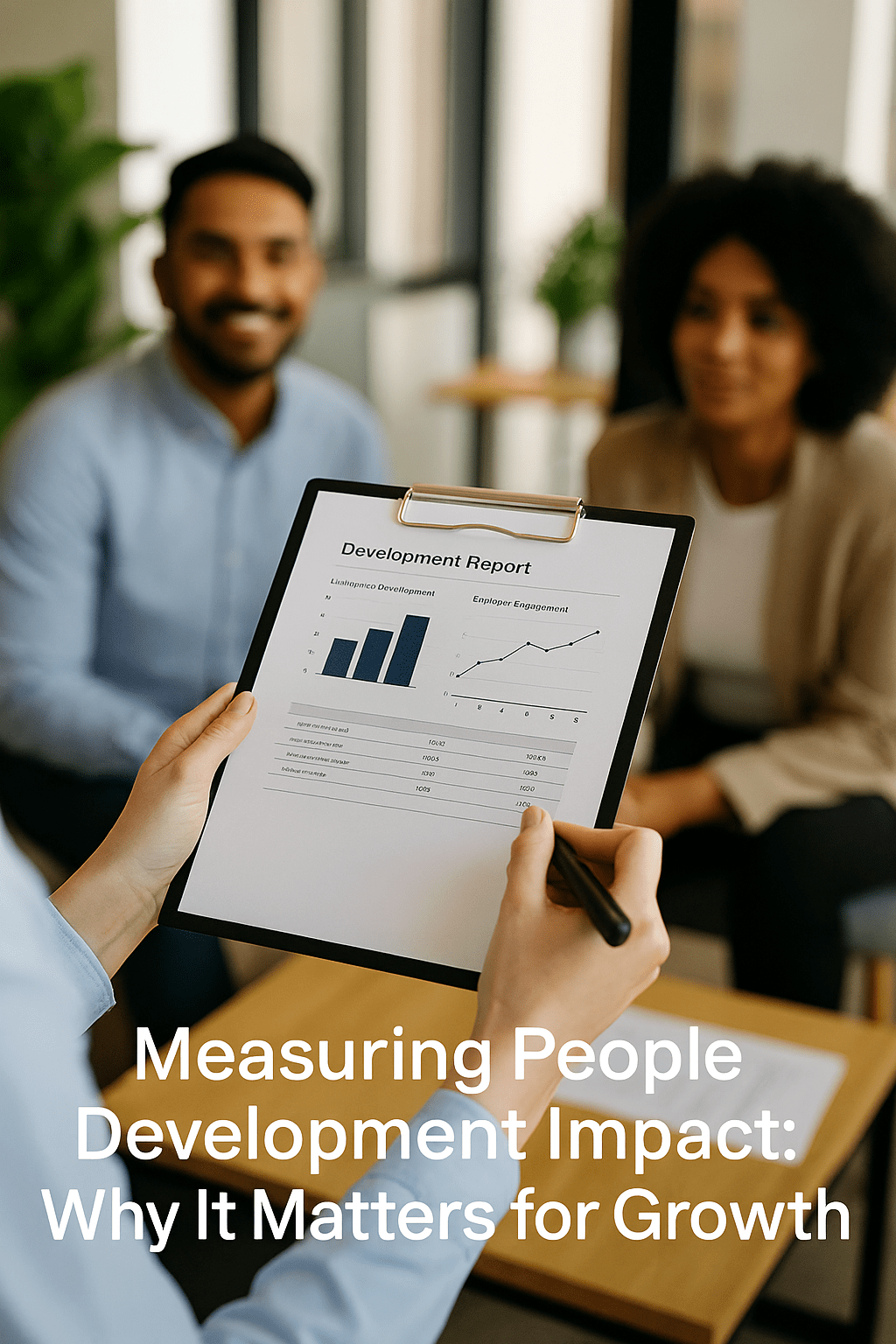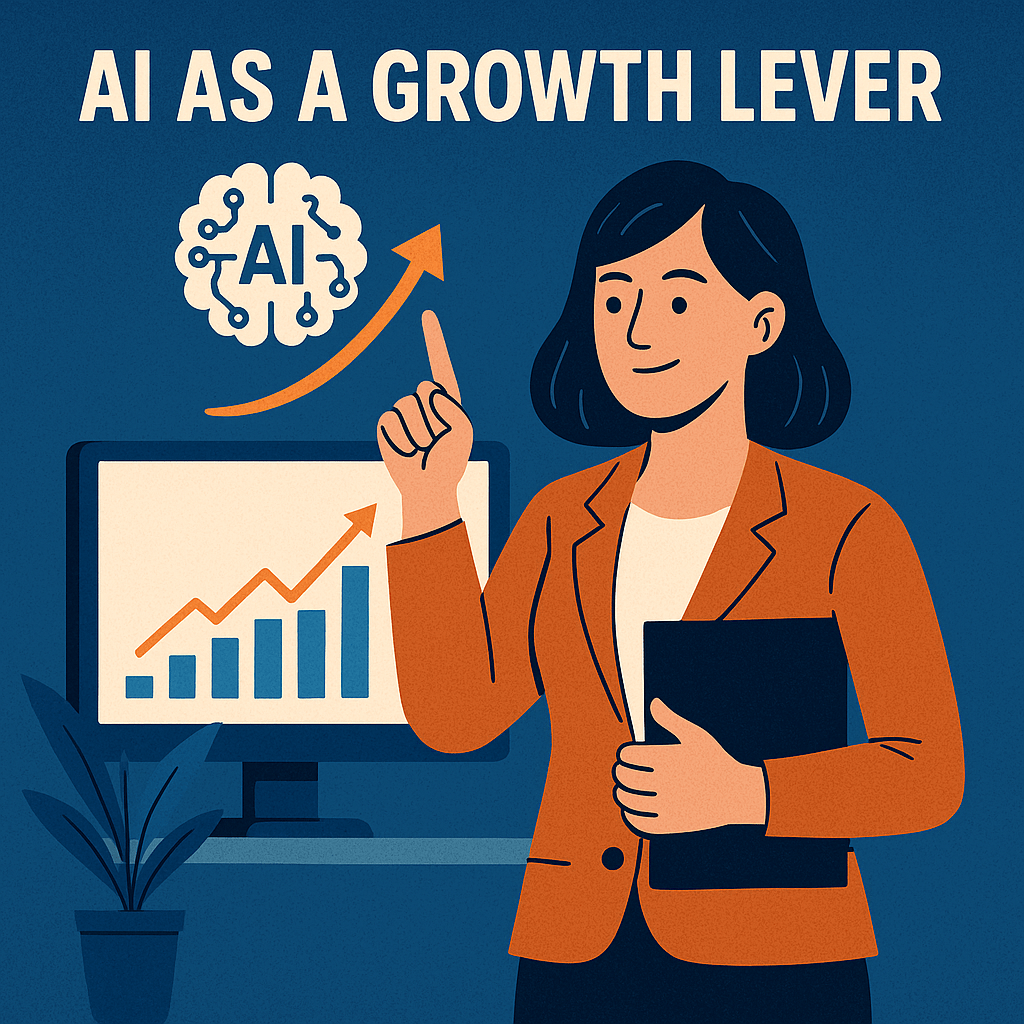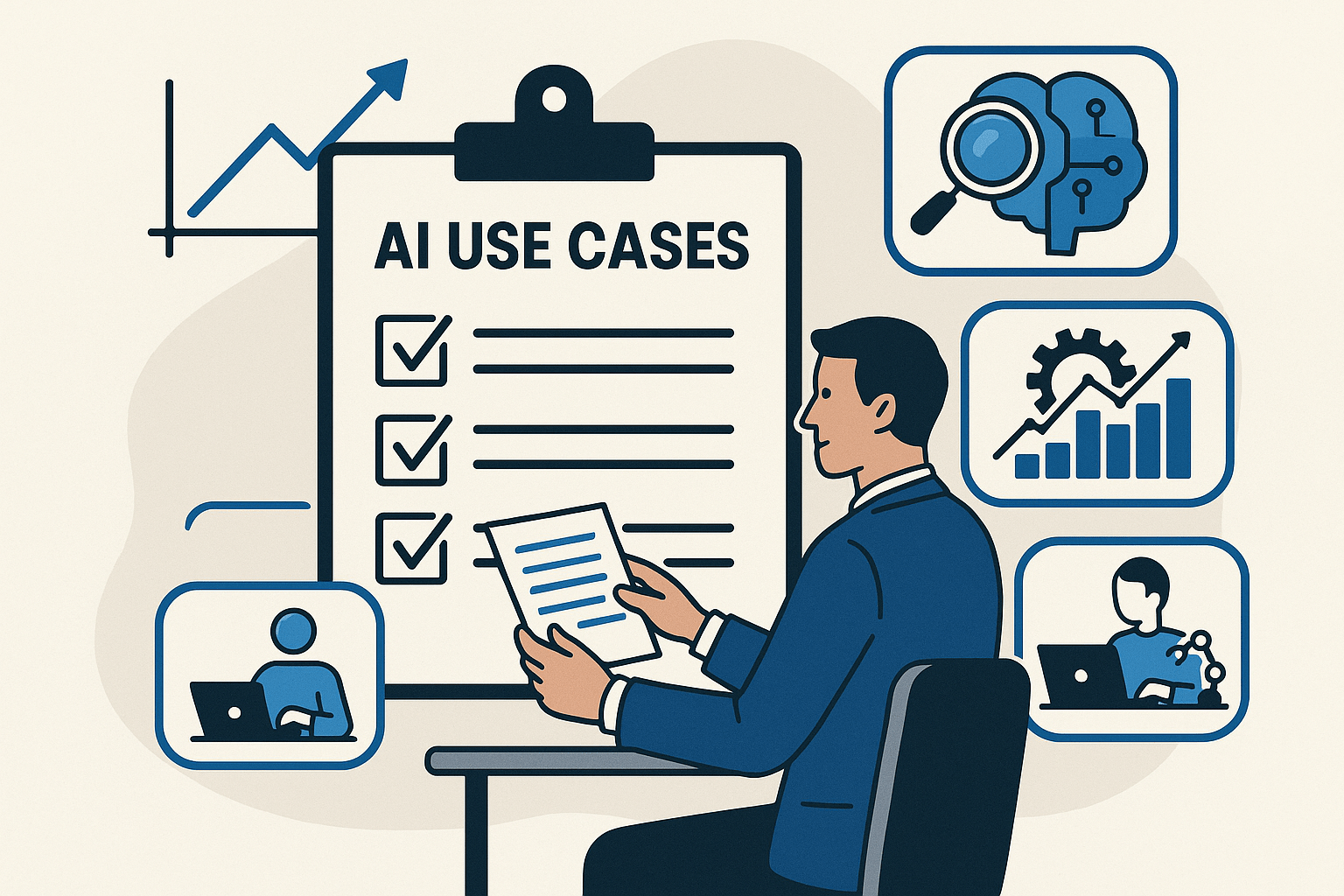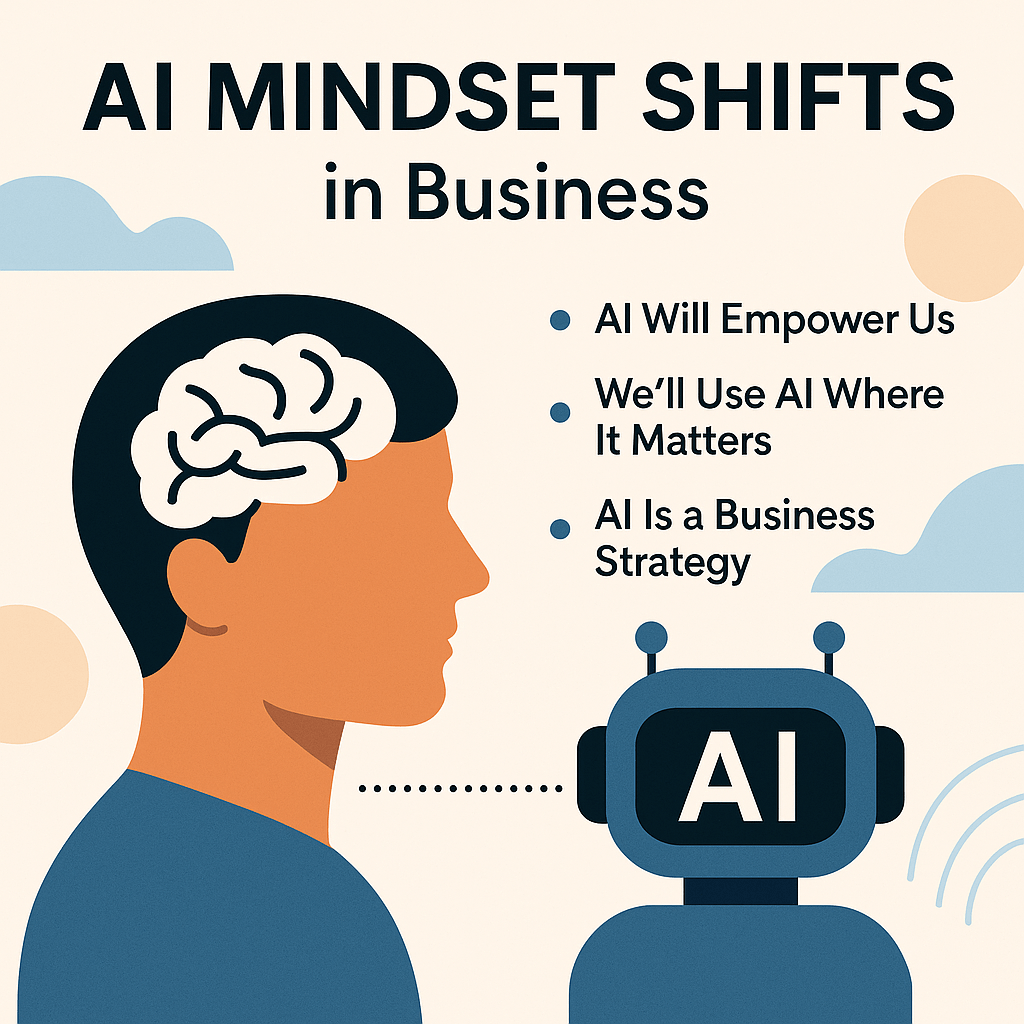
For most businesses, people development sits at the top of the “important but not urgent” list. Everyone agrees it matters but when things get busy, it’s often the first thing to slip.
The challenge isn’t just finding time for development. It’s proving that it makes a real difference.
When you can measure how people growth supports business growth, it stops being a nice-to-have and starts becoming a strategic advantage.
Move beyond attendance metrics
Tracking participation in training sessions or workshops only tells part of the story. Just because people attend doesn’t mean they apply what they learn.
Smarter measurement looks at behaviour, not just activity. Are team members using new skills? Are managers seeing changes in performance or confidence?
Follow-up surveys, feedback loops or short learning reflections can give you real insight into whether development is actually landing.
Link learning to performance goals
If learning isn’t connected to your goals, it’s hard to prove its value. But when development feeds into measurable outcomes like improved retention, faster project delivery or higher customer satisfaction, you start to see the real ROI.
According to *LinkedIn’s Workplace Learning Report, 80% of executives say learning drives organisational success, but only 35% measure its business impact. That’s a huge gap and a missed opportunity.
When people development is tied to the metrics the business already cares about, it becomes part of the growth conversation instead of a side project.
Keep it simple and consistent
Measuring impact doesn’t need to be complex. The goal is to spot progress over time, not track every small change.
A few consistent measures like engagement scores, promotion rates or manager feedback can reveal long-term trends. Even qualitative data, like stories of improved collaboration or confidence, can be powerful when shared well.
Consistency matters more than sophistication. It’s better to track a few things regularly than lots of things once.
Turning measurement into momentum
When leaders can show the link between people growth and business results, they unlock momentum. Development becomes part of how success is defined. Not an extra cost or a tick-box exercise.
Because in the end, what you measure shows what you value. And the teams that measure growth in their people are the ones that sustain growth in their business.
Want to go deeper?
If you’d like to connect people growth to performance in a practical way, take a look at my course How to Develop Your Team. It’s designed to help leaders build, measure and sustain growth through their people.
*Sources
- LinkedIn Learning: 2025 Workplace Learning Report
- Harvard Business Review: How to Measure the Impact of Leadership Development (2023)




